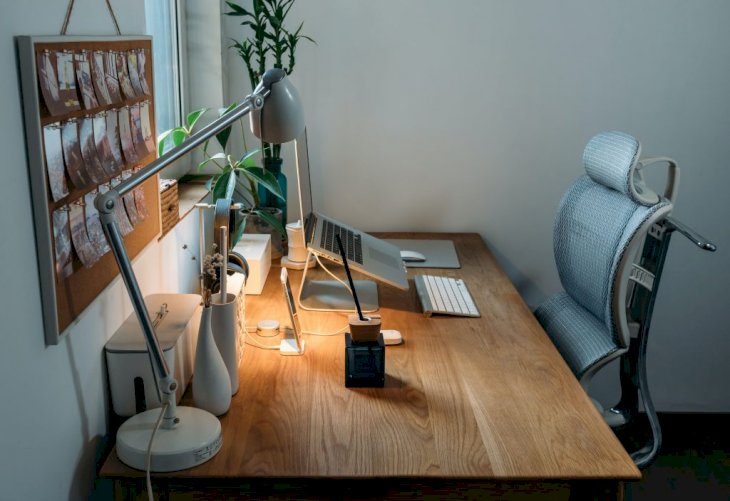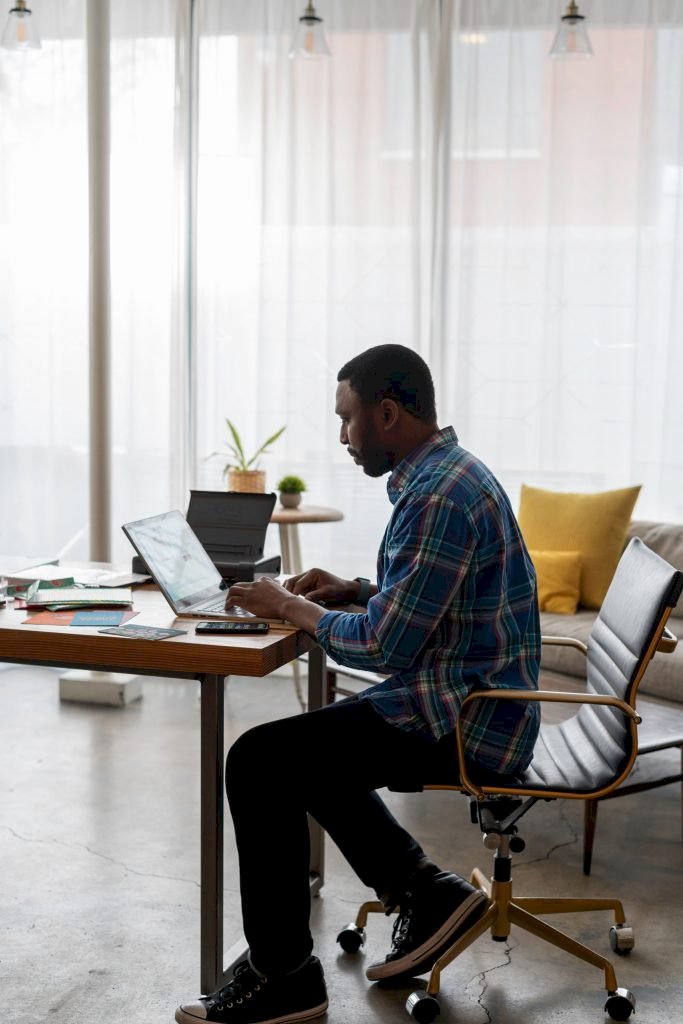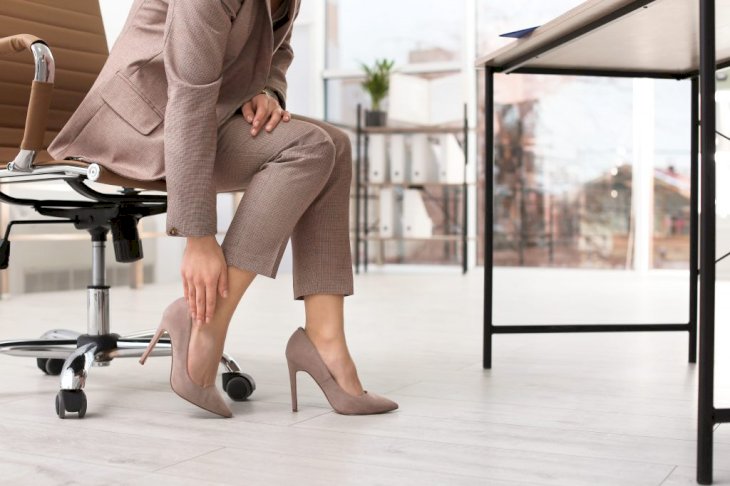
5 Simple Ways To Make Your Home Workspace More Ergonomic
You may have chalked it off to old age, but the pain you’re feeling from straining in your makeshift office all day is real. No matter the limits, there are ways to make it comfortable and keep the pain at bay!
From scrambling for the best office space and still finding ways to make the environment comfortable enough to relax in, working at home has not been fun. It even feels like our bodies have aged from being indoors all the time!
From the way we sit down to the way we hold our mouse, it all contributes to the pain we’re feeling. So here are five ways to help alleviate the pain and make your home workspace more ergonomic.
1. Seating

Unsplash
Sitting in one place all day can get taxing on your body, and it might even be uncomfortable, especially if you don’t own an office chair. Make sure that you’re sitting in a position that feels comfortable to you.
A comfortable position should leave you sitting slightly reclined, and if you don’t have an office chair that reclines, you can use a towel or pillow to provide support to your lower back.
We’re not made to be sitting all the time, and our bodies would benefit from moving around, so if you find it more comfortable to switch seats every few hours, do it! Whatever keeps you comfortable works at keeping the pain away!
2. Adjust Your Screen

Unsplash
While making use of any space available as an office space, you forget that your screen's level can cause strain on your neck. Especially if you’re working on a laptop, your head will be lowered to help give you the best view.
You can use a box or even buy a laptop stand to elevate your screen to eye level and help keep your neck upright. Once you start doing that, you’ll notice that your neck pain doesn’t bother you as much anymore.
If it does, you might want to look at other instances where you’re putting strain on your neck; this could be like your time spent on your phone or even time spent reading. Make adjustments where necessary to help with the pain.
3. Your Keyboard And Mouse

Unsplash
While your laptop's screen may be elevated, this can leave you fumbling about how to type. All you have to do is buy a wireless mouse and keyboard.
If you’re not sure which ones to get, try and find a keyboard without a numeric keypad, it helps keep your focus on the letters and may even help you type faster. But what about keyboard placement?
Your keyboard should sit just above your lap at an angle going into your waist to keep you from putting strain on your arms. So you might want a desk that comes with a keyboard drawer and a slightly elevated keyboard.
4. Support Your Feet

Shutterstock
Your legs need some support and should be elevated off the ground. If you don’t have a chair that reclines or offers support to your feet, you might want to invest in products or even use a few books or boxes lying around to provide the much-needed support!
Your chair should not be touching the back of your knees both because this can restrict blood flow to your feet and lead to inflammation. So make sure you keep your feet up to help and keep them from swelling up!
5. Move Around

Unsplash
Your body and your eyes will benefit from a work break every half an hour, so get up and stretch out those muscles that you’ve been straining. It helps keep the pain at bay and strengthens your muscles to make your posture better!
Roll your wrists around, give them some motion, and a well-deserved break from typing hard all the time! If your legs and butt hurt from sitting, try and switch positions or make time to do some exercises throughout the day.
And don’t forget about your eyes, they need a break from staring at your screen at least every 20-minutes! Find something to stare at in the distance as long as it’s not a screen; your eyes will thank you!